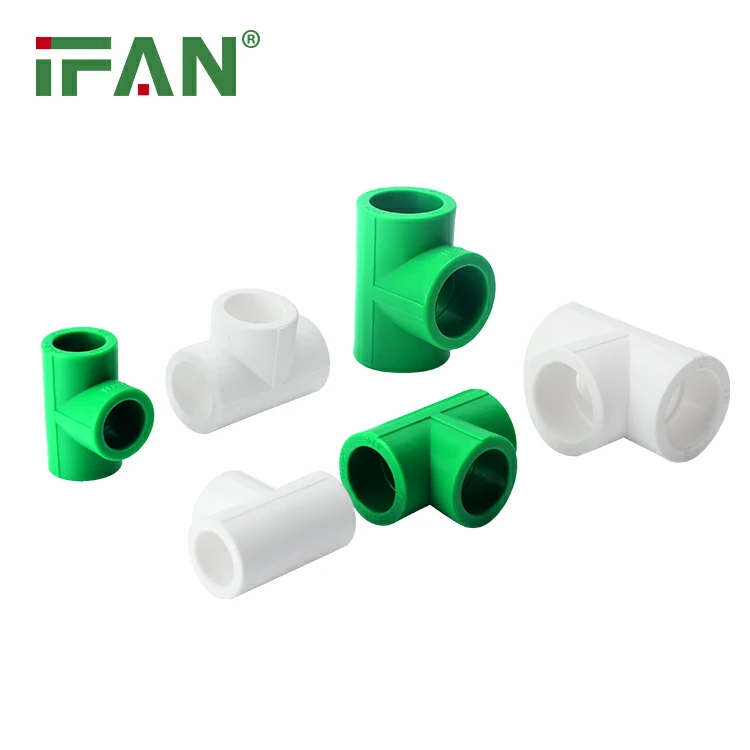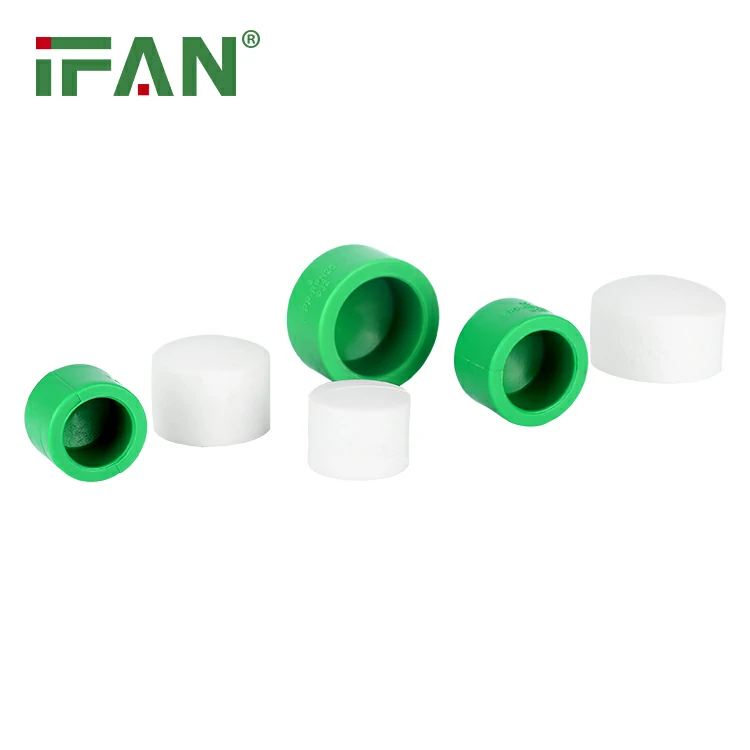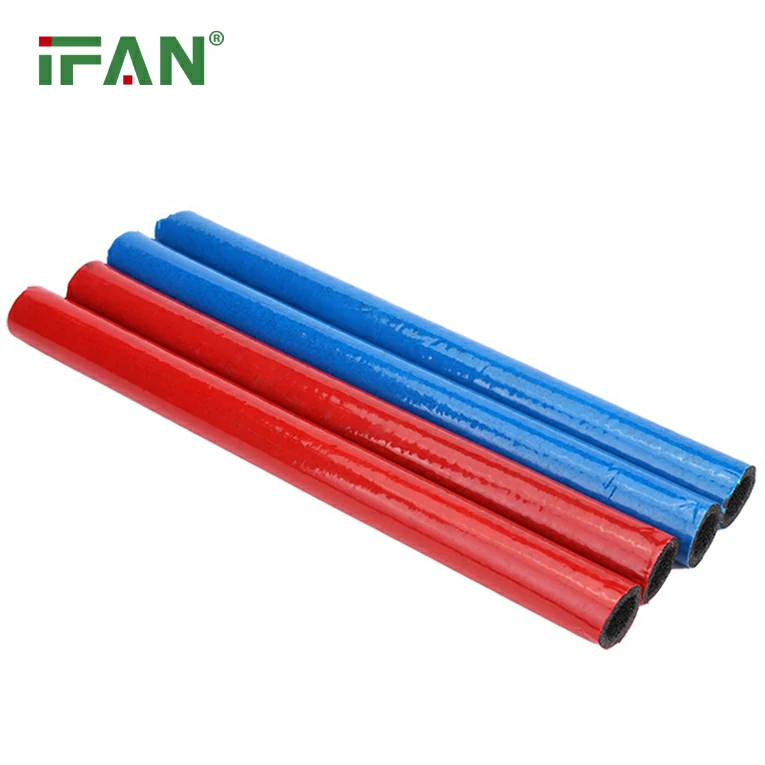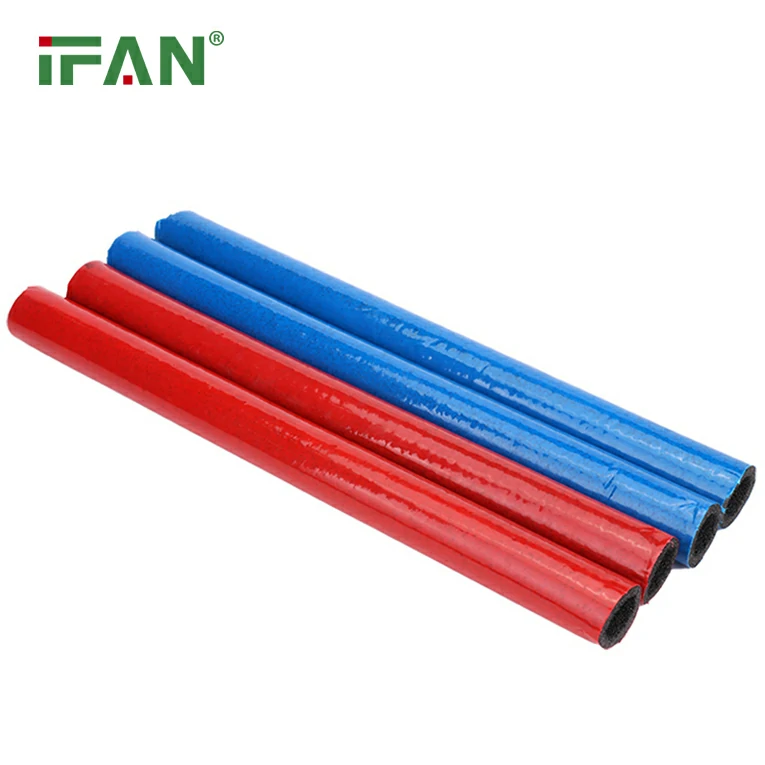IFAN factory 30+ years manufacture experience support color /size customization support free sample.Welcome to consult for catalog and free samples.This is our Facebook Website:www.facebook.com,Click to watch IFAN’s product video.Compared with Tomex products, our IFAN products from quality to price are your best choice, welcome to buy!
When it comes to modern plumbing systems, PPR fittings are a popular choice for both residential and commercial applications. Made from Polypropylene Random Copolymer, these fittings are known for their durability, corrosion resistance, and ease of installation. However, selecting the right PPR fittings for your project can be a bit overwhelming given the wide range of options available in the market.
This guide will walk you through the important factors to consider when choosing PPR fittings for your plumbing project. By understanding these key elements, you’ll be able to make an informed decision and ensure the longevity and efficiency of your plumbing system.
What Are PPR Fittings?
Before diving into the selection process, it’s essential to understand what PPR fittings are and why they are favored for plumbing installations. PPR is a type of thermoplastic material that is resistant to high temperatures, corrosion, and chemical damage. PPR fittings are used to connect PPR pipes, creating a reliable and leak-free plumbing system.
They are commonly used for hot and cold water systems, as well as in industrial applications where high durability is required. PPR fittings come in various forms, including elbows, tees, couplings, and reducers, allowing you to build a flexible and efficient piping system.
1. Consider the Pipe Size
The first step in selecting the right PPR fittings is to choose the correct pipe size. PPR pipes come in different diameters, typically ranging from 16mm to 110mm. It’s crucial to ensure that the PPR fittings you choose are compatible with the size of the pipes in your system. An incorrect fitting size can result in weak connections and potential leaks.
Tip:
Always measure the outer diameter of your pipe before purchasing PPR fittings. If you’re unsure, consult the product specifications to verify compatibility with the pipe size.
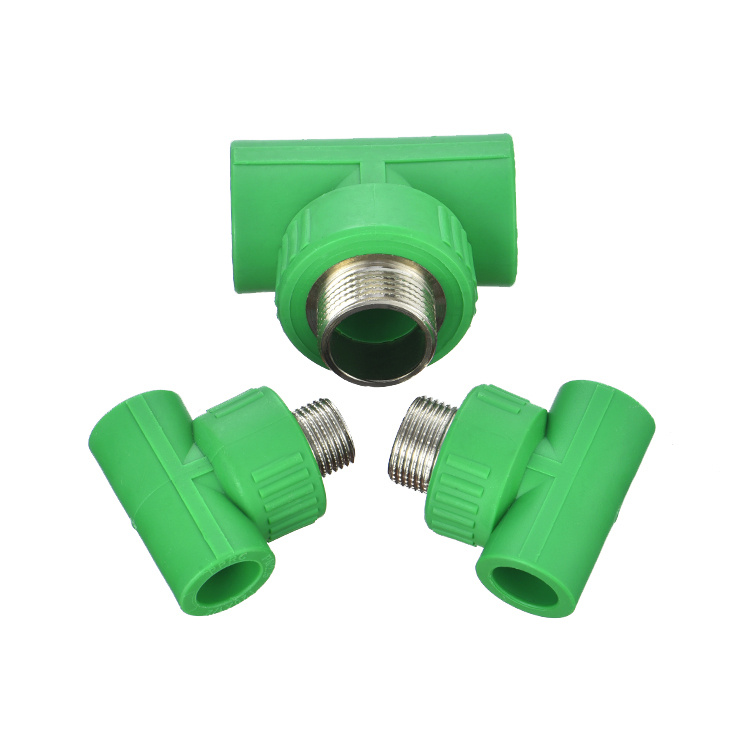
2. Understand the Pressure and Temperature Requirements
PPR fittings are designed to handle specific pressure and temperature conditions. Different grades of PPR materials can withstand varying levels of stress, and it’s important to match the fitting’s specifications with the pressure and temperature demands of your plumbing system.
For instance, standard PPR fittings can generally handle temperatures up to 95°C (203°F) and pressures up to 20 bars (290 PSI), making them suitable for hot and cold water distribution. However, if your system operates under higher pressure or temperature conditions, you may need to opt for industrial-grade PPR fittings that are rated for higher performance.
Tip:
Check the pressure and temperature ratings on the packaging or datasheets of the PPR fittings to ensure they meet the requirements of your specific application.
3. Choose Between Standard and Impact-Resistant Fittings
PPR fittings are available in different levels of impact resistance. Standard fittings are suitable for most residential applications, but in environments where the fittings are likely to experience heavy impacts or external pressure, impact-resistant PPR fittings are recommended.
Tip:
If your installation is in a high-traffic area or subject to physical stress, opt for PPR fittings made with enhanced impact resistance to ensure the longevity and reliability of your system.
4. Select the Appropriate Fitting Types
There are several types of PPR fittings, each serving different purposes in your plumbing system. Choosing the right type is crucial for a smooth installation process. The most common types of PPR fittings include:
- Elbows: Used to change the direction of the pipe.
- Tees: Used to create branch connections in the piping system.
- Reducers: Used to connect pipes of different diameters.
- Couplings: Used to join two pipes of the same diameter.
Tip:
Assess your project’s layout and determine which PPR fittings you need before purchasing. For instance, if your system requires multiple direction changes, you may need a variety of elbows or tees.
5. Consider the Manufacturer and Quality
The quality of the PPR fittings you choose can significantly impact the performance and longevity of your plumbing system. Choosing fittings from well-known, reputable manufacturers ensures that you are getting high-quality products that meet industry standards. Poor-quality PPR fittings may result in leaks, cracks, or even complete system failure.
Tip:
Always buy PPR fittings from trusted suppliers and check for certifications that ensure the products comply with international quality standards.
6. Evaluate the Ease of Installation
Ease of installation is an important factor to consider when choosing PPR fittings. The most common method of installing PPR fittings is fusion welding, which involves heating both the pipe and fitting before pressing them together to form a strong bond. Some PPR fittings come with built-in features that make the fusion process easier, such as a wider surface area for better heat distribution or pre-marked guides for precise alignment.
Tip:
Look for PPR fittings that come with clear installation instructions or additional tools, like pipe alignment devices, to make the fusion process smoother and faster.
7. Check for Compatibility with Other Materials
In some plumbing projects, you may need to connect PPR fittings with other types of materials, such as metal pipes or valves. It’s crucial to ensure that the PPR fittings are compatible with these materials to avoid leaks or damage. Many PPR fittings feature threaded ends or transition fittings that allow you to connect PPR pipes to metal systems seamlessly.
Tip:
Ensure that you select PPR fittings with the appropriate connection types to ensure compatibility with your existing plumbing materials.
8. Price and Budget Considerations
While PPR fittings are relatively affordable compared to other materials like copper or stainless steel, the price can vary depending on the manufacturer, material grade, and fitting type. It’s important to balance quality and cost to get the best value for your project. Opting for the cheapest fittings may save money upfront but could lead to costly repairs and replacements later on.
Tip:
Set a budget for your PPR fittings purchase, but don’t compromise on quality. Consider investing in slightly higher-quality products for long-term savings.
Conclusion
Choosing the right PPR fittings for your plumbing project is crucial to ensure a leak-free, efficient, and long-lasting system. Consider factors such as pipe size, pressure and temperature requirements, impact resistance, fitting types, manufacturer reputation, and installation ease. By doing your research and making informed choices, you can avoid common mistakes and enjoy a reliable plumbing system for years to come.
Frequently Asked Questions (FAQs)
1. Can I install PPR fittings myself?
Yes, installing PPR fittings is a manageable task for DIY enthusiasts, especially with the right tools and instructions. However, if you’re not experienced, you may want to consult a professional plumber for assistance.
2. Are PPR fittings suitable for both hot and cold water systems?
Yes, PPR fittings are ideal for both hot and cold water systems. They can withstand temperatures up to 95°C (203°F), making them perfect for a wide range of plumbing applications.
3. How do I know if the PPR fittings are of good quality?
Choose PPR fittings from reputable manufacturers and check for certifications that indicate compliance with industry standards. High-quality fittings will have smooth finishes, tight seals, and durable materials.
4. How do I perform fusion welding for PPR fittings?
Fusion welding involves using a welding machine to heat both the pipe and fitting to a specified temperature, then pressing them together. Ensure you follow the manufacturer’s instructions for the correct temperature and fusion time.
5. Can PPR fittings be used for industrial applications?
Yes, PPR fittings are commonly used in industrial applications, especially for systems that require resistance to high pressure, temperature, and corrosion. Always choose industrial-grade fittings for such applications to ensure optimal performance.
By following these guidelines, you can confidently choose the right PPR fittings for your plumbing project.


